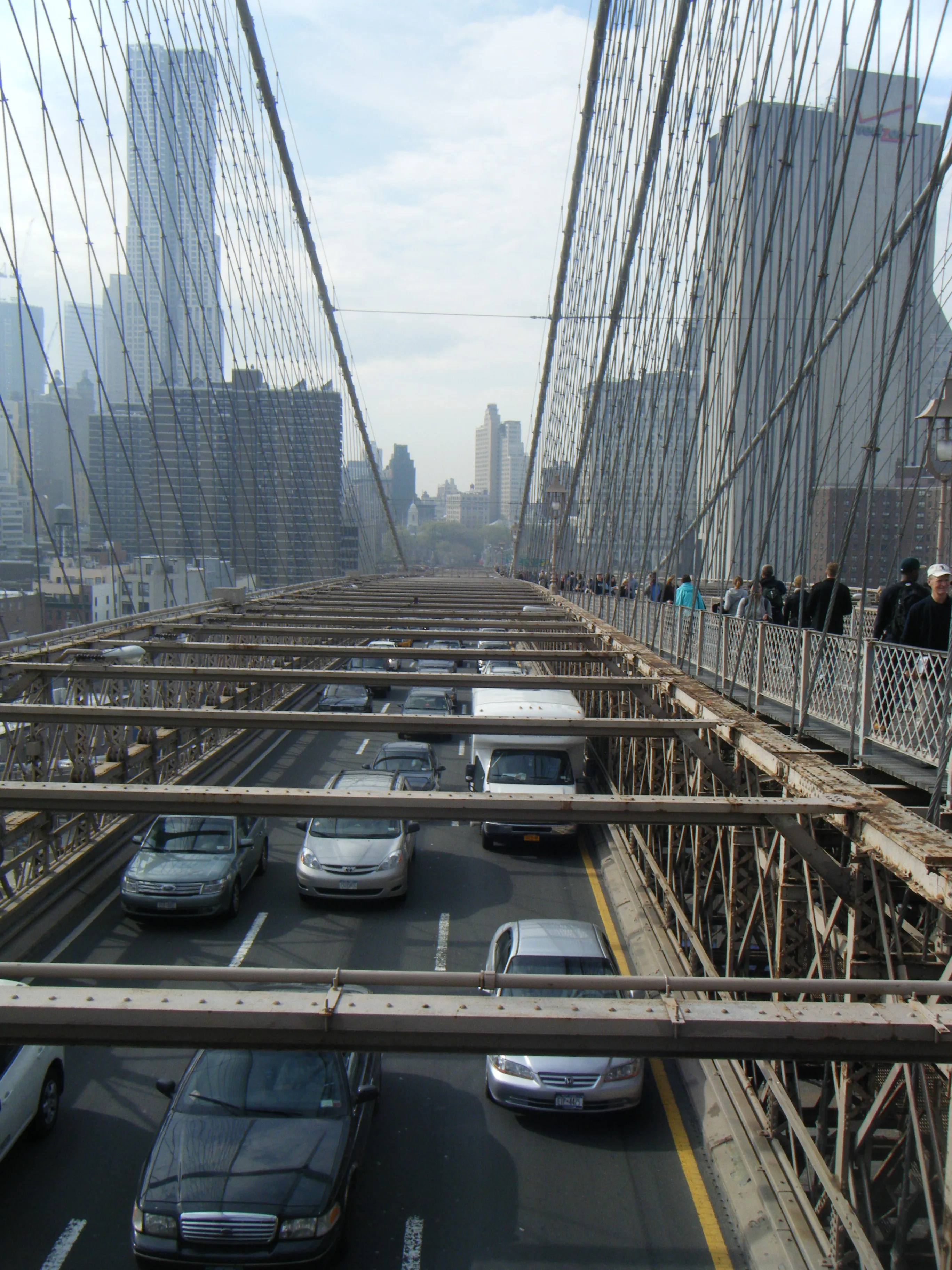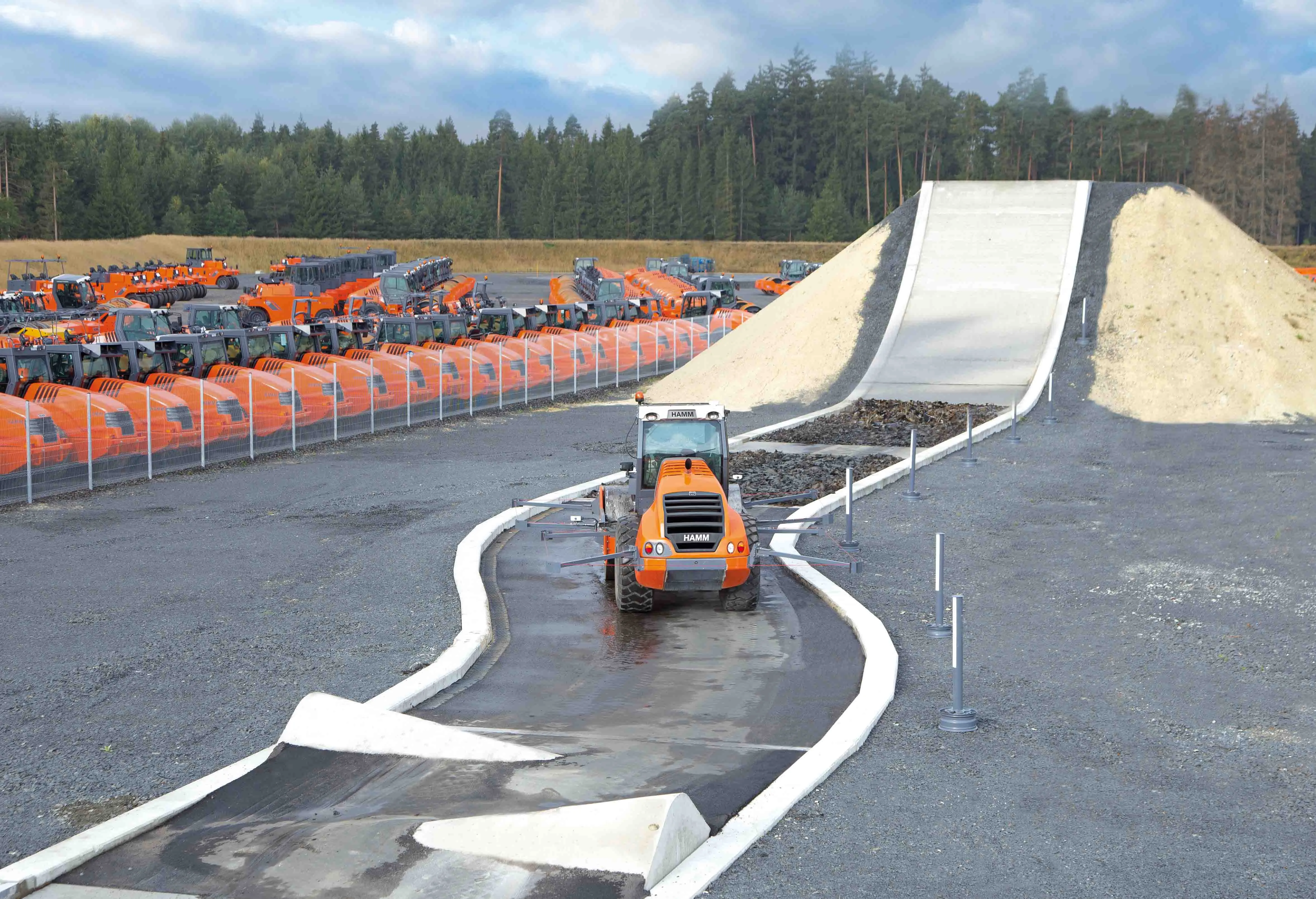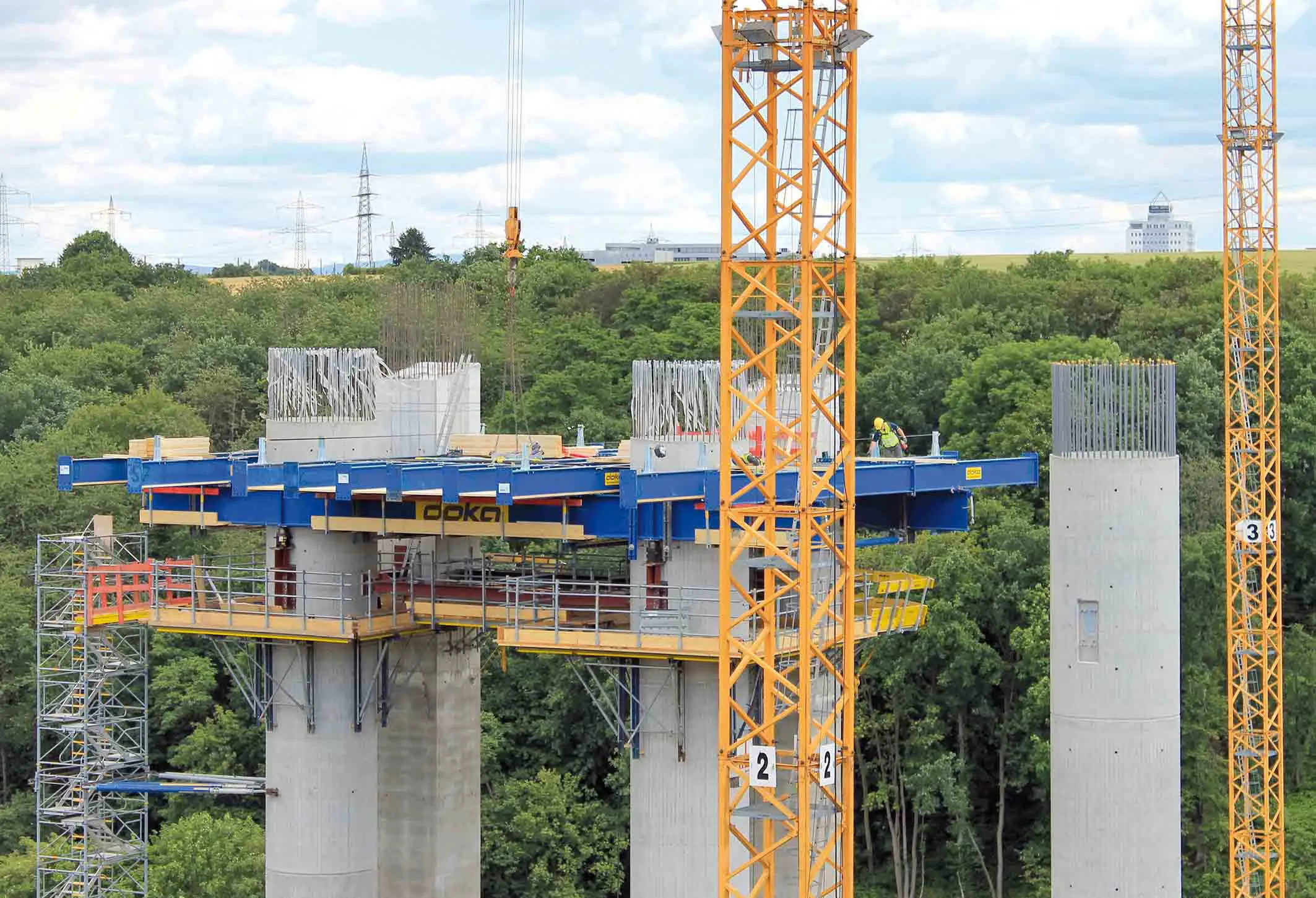
Germany’s Karlsruhe Institute of Technology (KIT) will start a bridge monitoring study to determine if real-time structural vibration data can help prioritise maintenance.
According to Germany’s Federal Ministry of Transport, there are almost 40,000 bridges in the federal highway network, of which 86 percent are made of reinforced and prestressed concrete. Many of these bridges date from the 1960s and 1970s and were built for significantly lower traffic volumes.
Increases in traffic volumes – especially of heavy goods vehicles – has caused premature material aging. There could be up to 4,000 bridges in such a state, says the ministry. Among these prematurely aged structures are the Rahmedetal Bridge near Lüdenscheid and the Ringbahn Bridge in Berlin which have already had to be closed - resource-intensive replacement structures are unavoidable there.
At the beginning of March, it was discovered that a crack in a load-bearing component of the A100 Ringbahn Bridge – opened in 1963 as part of the 21km-long circular road - had widened significantly. The bridge was demolished in April. According to Autobahn, the government autobahn agency, the bridge had carried around 230,000 vehicles daily.
The old 453m-long steel beam and concrete Rahmedetal Bridge near the town of Luedenscheid was closed to all traffic in December 2021 and eventually demolished in a controlled explosion in May 2023. The replacement parallel twin-deck bridge is expected to be open in the first half of next year.
The study by KIT is being funded by the German Federal Environmental Foundation (DBU). "We need methods in bridge construction to mitigate a wave of general overhauls that is already threatening," said Alexander Bonde, secretary general of the DBU.
Bonde noted that extensive repairs requires a lot of concrete which in turn drives up emissions of the climate-damaging greenhouse gas carbon dioxide (CO₂). Global cement production alone accounts for around 6-8 percent of global CO₂ emissions. "If damage is repaired earlier, it relieves traffic, the environment and health," said Bonde.
The full extent of the damage within a bridge is often visible only after demolition. Automated damage detection through systems such as vibration data analysis, is one way to mitigate the need for late extensive repairs or even demolition.
Germany’s bridges already undergo a labour-intensive and time-consuming main inspection every six years, followed three years later by a simple inspection. Experienced engineers may examine the structures by doing a simple walking visual inspection, explained Alexander Stark, a professor of concrete structures within the Institute of Concrete Structures and Building Materials Technology at KIT. Sometimes, sections or parts are detached or forcibly removed to detect cavities, according to Stark who is project manager for the study. However, not all damage can be detected in this way.
Stark said that investigations are currently being done using pressure sensors, drone cameras, ultrasonic measurements and computer simulations and models. The problem is that the engineers get only a snapshot of only one part of a bridge. "We, therefore, urgently need practical automated real-time monitoring methods for bridges that can effectively report the location and extent of damage."
The KIT study will explore this real-time monitoring using acceleration sensors. "Every supporting structure has a characteristic vibration behaviour that is influenced by mass and stiffness,” said Stark. “If significant cracks occur in the concrete, the stiffness and thus also the vibration behaviour changes. This metrological evaluation of the entire bridge is intended to localise [pinpoint] crack formations and at the same time quantify them for the first time - even before they are even visible and a regular inspection of the bridge is due.”
Knowing the exact location of an issue means that rehabilitation measures can be carried out quickly, precisely and cost-effectively at an early stage.








